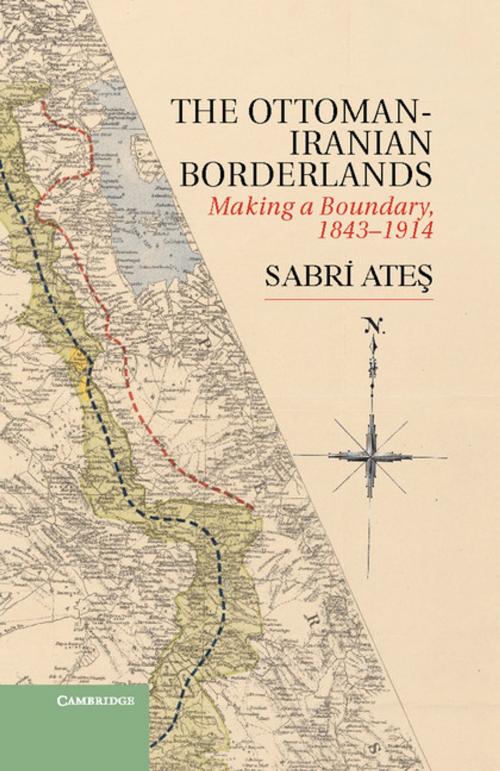| Author: | Sabri Ateş | ISBN: | 9781107241701 |
| Publisher: | Cambridge University Press | Publication: | October 21, 2013 |
| Imprint: | Cambridge University Press | Language: | English |
| Author: | Sabri Ateş |
| ISBN: | 9781107241701 |
| Publisher: | Cambridge University Press |
| Publication: | October 21, 2013 |
| Imprint: | Cambridge University Press |
| Language: | English |
Using a plethora of hitherto unused and under-utilized sources from the Ottoman, British and Iranian archives, Ottoman-Iranian Borderlands traces seven decades of intermittent work by Russian, British, Ottoman and Iranian technical and diplomatic teams to turn an ill-defined and highly porous area into an internationally recognized boundary. By examining the process of boundary negotiation by the international commissioners and their interactions with the borderland peoples they encountered, the book tells the story of how the Muslim world's oldest borderland was transformed into a bordered land. It details how the borderland peoples, whose habitat straddled the frontier, responded to those processes as well as to the ideas and institutions that accompanied their implementation. It shows that the making of the boundary played a significant role in shaping Ottoman-Iranian relations and in the identity and citizenship choices of the borderland peoples.
Using a plethora of hitherto unused and under-utilized sources from the Ottoman, British and Iranian archives, Ottoman-Iranian Borderlands traces seven decades of intermittent work by Russian, British, Ottoman and Iranian technical and diplomatic teams to turn an ill-defined and highly porous area into an internationally recognized boundary. By examining the process of boundary negotiation by the international commissioners and their interactions with the borderland peoples they encountered, the book tells the story of how the Muslim world's oldest borderland was transformed into a bordered land. It details how the borderland peoples, whose habitat straddled the frontier, responded to those processes as well as to the ideas and institutions that accompanied their implementation. It shows that the making of the boundary played a significant role in shaping Ottoman-Iranian relations and in the identity and citizenship choices of the borderland peoples.















